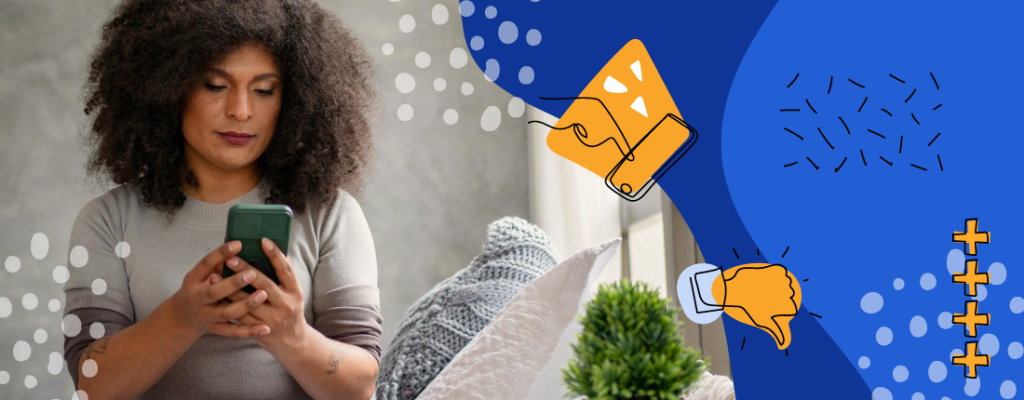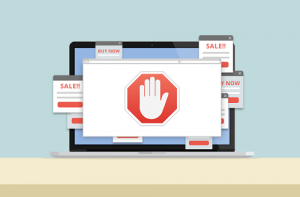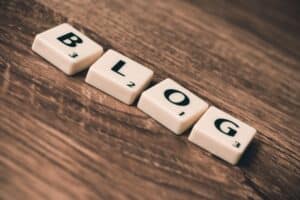Recently, a new report conducted by GLAAD (Gay & Lesbian Alliance Against Defamation) showed that five of the most popular social media are not prioritizing the safety of LGBTQIAP+ community — and you deserve to know that because we use these platforms all the time.
I’m talking about TikTok, Instagram, Twitter, Facebook and YouTube — by the way, social platforms that are constantly updated with more possibilities for Marketing purposes or just for the common use.
Just mentioning the name of these giants could be enough for us to understand that, yes, it is necessary that these brands prioritize the safety of their users against any kind of prejudice and hate speech. But my intention here is to go further and show why and how this needs to be the positioning (and what our path should be — as marketers, brands and users within it).
Understanding Social Media Safety Index
Social Media Safety Index (SMSI) is a study developed by GLAAD to understand and provide recommendations to the market about the LGBTQIAP+ user safety. In the 2022 version, the report has a score to evaluate the platforms.
According to the report:
“The platform utilizes twelve LGBTQ-specific indicators to generate numeric ratings with regard to LGBTQIAP+ safety, privacy, and expression. After reviewing the platforms on measures like explicit protections from hate and harassment for LGBTQIAP+ users, offering gender pronoun options on profiles, and prohibiting advertising that could be harmful and/or discriminatory to LGBTQIAP+ people, all platforms scored less than 50 out of a possible 100.”
The full version of the report explains what companies unfortunately didn’t do to protect LGBTQIAP+ users and gives key recommendations for them to change this.
As part of Meta company, Instagram and Facebook averaged around 48 and 46, respectively. Some of the main reasons are that both Meta’s platforms have no policy protecting users from targeted deadnaming and misgendering. Another point in the report is that “Meta also discloses only limited information regarding the options users have to control the company’s collection and inference of user information related to their sexual orientation and gender identity.”
Meanwhile, Twitter, object of desire and at the same time of refusal of Elon Musk, scored 45% out of 100%. Some points that pulled the score down for the bluebird platform were the fact that it doesn’t have a tool for gender pronouns on profiles and also, according to report, the content moderators don’t have training about the needs of LGBTQ users and other vulnerable groups.
Youtube has scored 45% and the main reasons being that they repeat the mistakes of their platform colleagues: no option for gender pronouns, no training for moderator of contents and no policy protecting users from targeted deadnaming and misgendering.
TikTok, the darling of Gen Z, also left something to be desired with a score of 43%. They were the only company that did not disclose any information about steps to have a more diverse workforce.
Why are these numbers so bad for society and LGBTQIAP+ community?
I know it’s easy to think stuff like “oh, social media needs to act for the safety of all users”. And I agree, of course; at the same time this doesn’t mean that we don’t have to take a look at specific groups.
“Equals should be treated equally and unequals unequally”, that’s what the Greek philosopher Aristotle said.
Yep, I went to ancient Greece to talk about social media. But I swear this makes sense.
First, check these data from the 2022 Online Hate and Harassment Report:
- 66% of LGBTQIAP+ respondents reported experiencing harassment to-date
- 38% was the rate for non-LGBTQIAP+ respondents
- 54% of LGBTQIAP+ respondents also reported experiencing severe harassment to-date (defined as physical threats, sustained harassment, stalking, sexual harassment, doxing, or swatting).
- 26% is the rate for non-LGBTQIAP+ respondents
Now, reflect on these numbers…
We have a considerable difference between the rates for LGBTQIAP+ and non-LGBTQIAP+ respondents. And that’s why I evoked Aristotle directly from ancient Greece to talk about how companies urgently need to trace equity actions for the safety of the LGBTQIAP+ community on social media platforms.
After all, this difference between the data shows who the most vulnerable users are because of their affective-sexual orientation. And, consequently, who needs to be helped and considered more quickly.
Turning them (and us) into good allies
I will list below effective actions to be an ally platform — we don’t need companies just changing their logo during Pride Month, we need consistency and vigilance.
- Create policies to protect LGBTQIAP+ users, especially about gender identities. For example, options to add pronouns and also decide who can see this information; and ways to not expose deadnamings.
- Publicize (widely) any policy aimed at supporting the LGBTQIAP+ community. Make sure users agree with it, and if that agreement is broken, limit the actions of violating users. How about creating mechanisms to automatically delete comments with keywords that indicate homophobia, hate speech or any other type of discrimination?
- Protect your users’ sensitive data so that those who advertise on your platform cannot expose or exploit anyone. Remember: the LGBTQIAP+ community are consumers too, and it is not smart for many companies to offer advertisements for them in spaces where discrimination is ok. And ensure that you are not selling your space to homophobic, racist, capableist companies or companies that condone any type of discrimination.
Let’s be the treasure at the end of the rainbow
Today, the most important social media platforms are not prioritizing the security of LGBTQIAP+ users, and it’s possible to change this, but we need the desire to do so.
It’s a fact the world is still full of challenges for the LGBTQIAP+ community. In the United States, for example, one need only look at the court and congressional battles to ensure that the community suffers discrimination in health services.
The path of struggle is long, but nowadays we have some resources that we didn’t have a long time ago, such as social media. They can and should be allies because they are present in our everyday lives and their presence is a big influence on society.
As a LGBTQIAP+ user and professional for Diversity, Equity and Inclusion, it is disappointing that these platforms have so much power and prefer not to act (and not act in this context means collaborating with LGBTphobia).
At the same time, I think and hope that this data can be the red flag that companies need to accelerate the step of change. Because it’s right and also it’s good for everyone, in social and financial ways.
So, to finish this discussion (for now, of course) it’s important to remember that our role as society and users is to demand these positions. Also, as companies and professionals, we need to make sure that we are also looking at this in the space we occupy.
Are you doing something to accelerate the step of change? No matter where you are, there is always something to do to build a better society for all.
Do you want to continue to be updated with Marketing best practices? I strongly suggest that you subscribe to The Beat, Rock Content’s interactive newsletter. There, you’ll find all the trends that matter in the Digital Marketing landscape. See you there!







